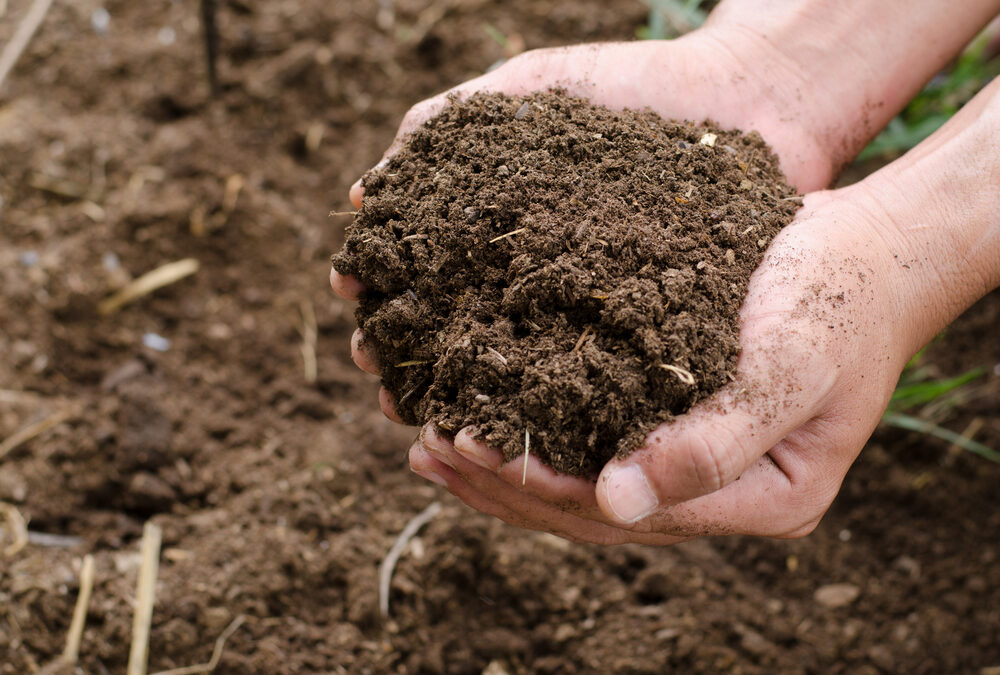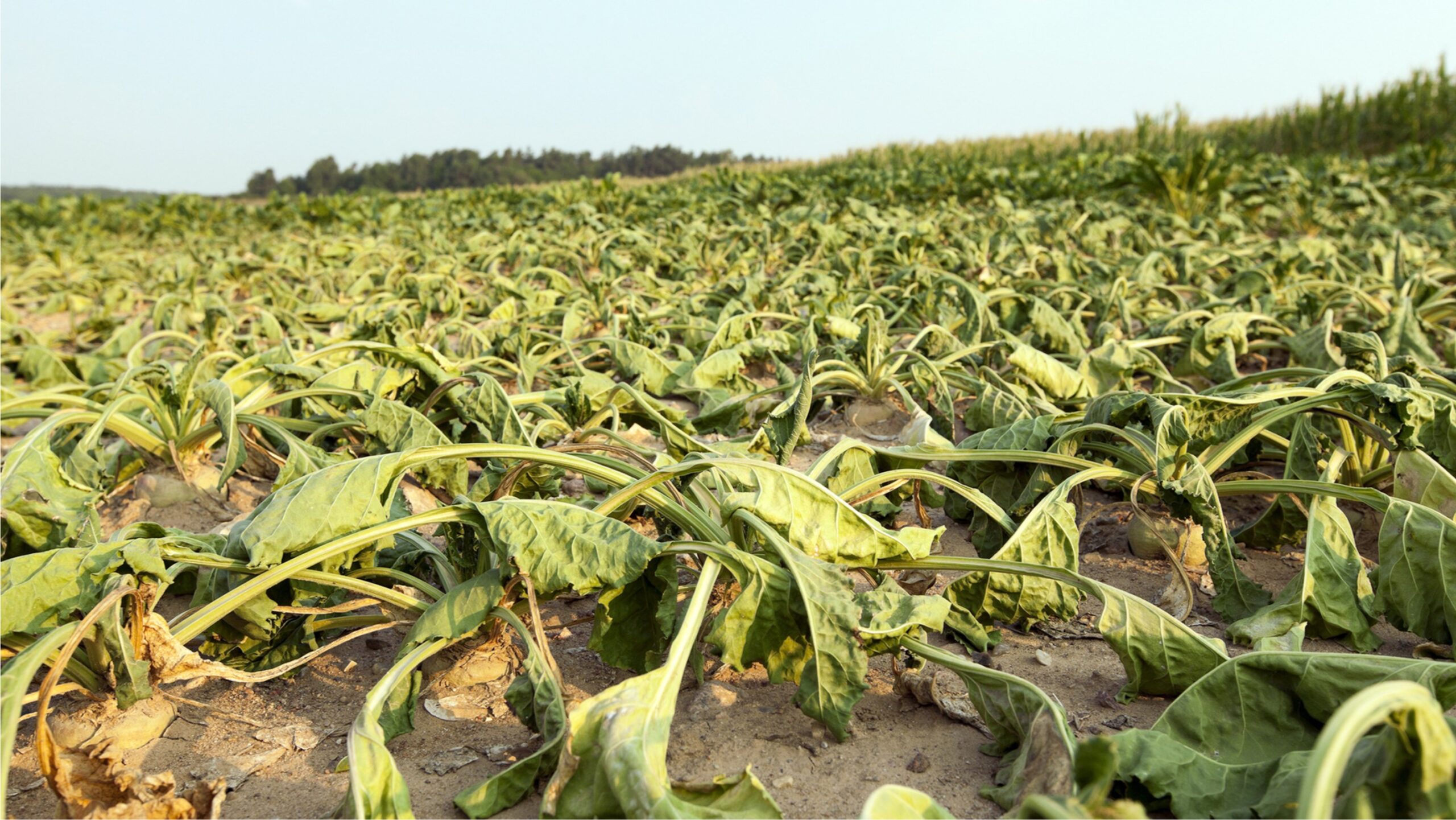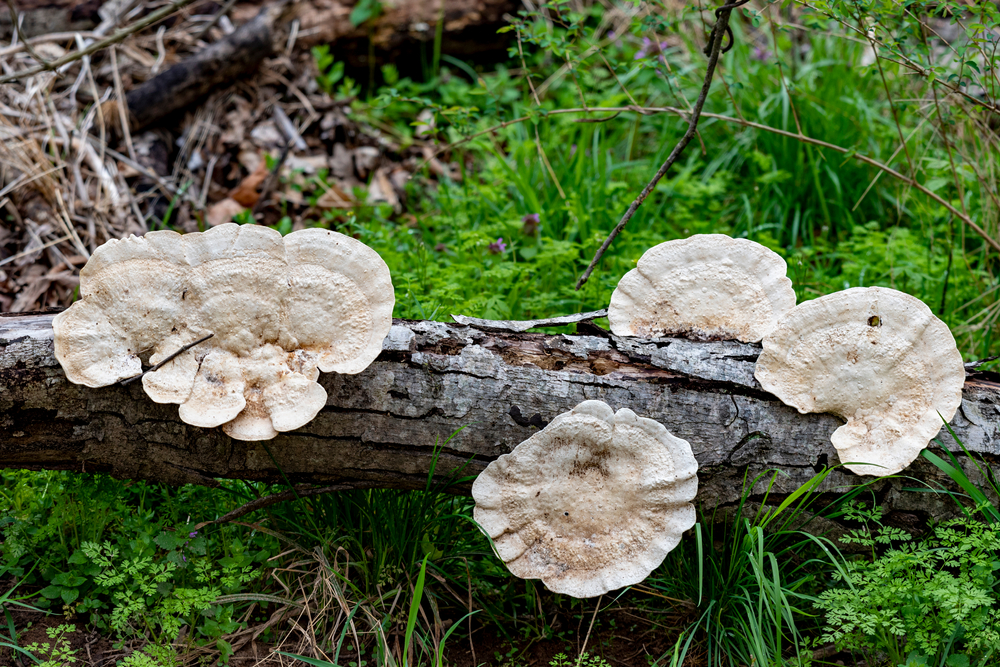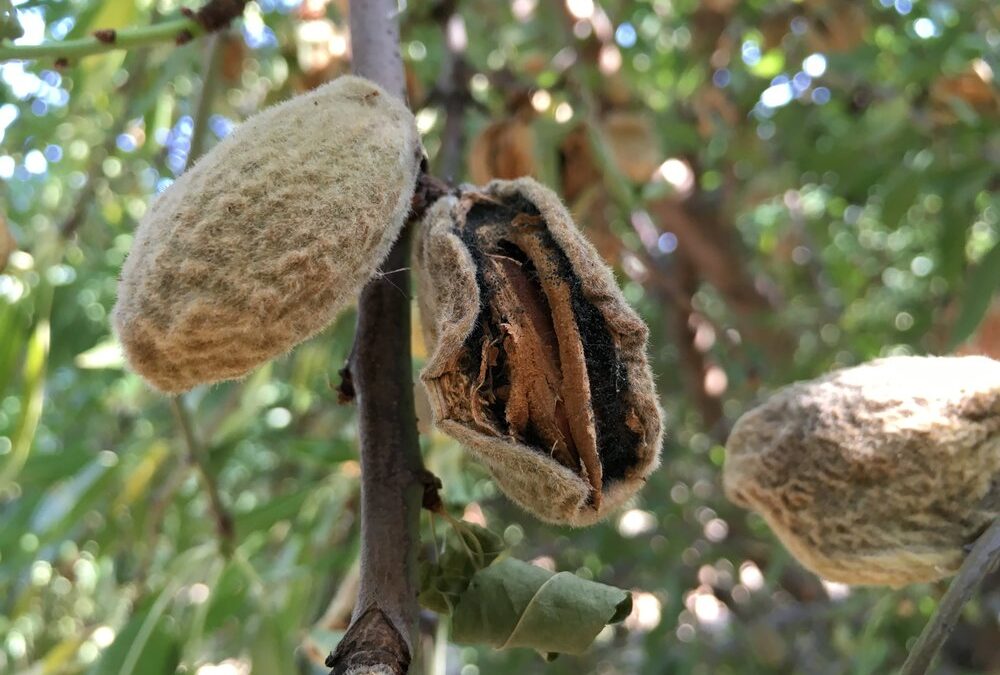I think the easiest way to think about soil biology is to think about our own gut microbiome. As defined by molecular biologist Joshua Lederberg, the gut biome is the totality of microorganisms — bacteria, viruses, protozoa, and fungi — and their collective genetic material present in the gastrointestinal tract (GIT). Hey, wait a minute, that sounds like a soil profile! Furthermore, when we have a broken or impaired GIT, it impacts our total health. This is no different from how poor soil health impacts the total health of the plant. It’s really that simple.










